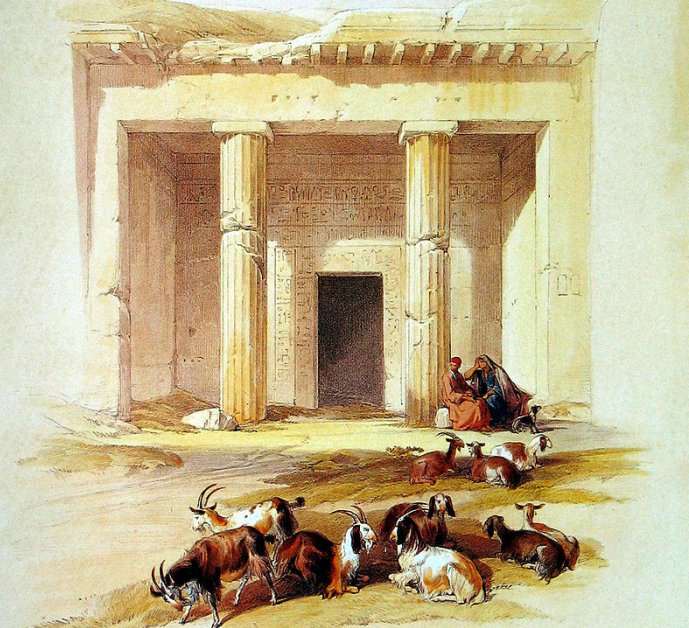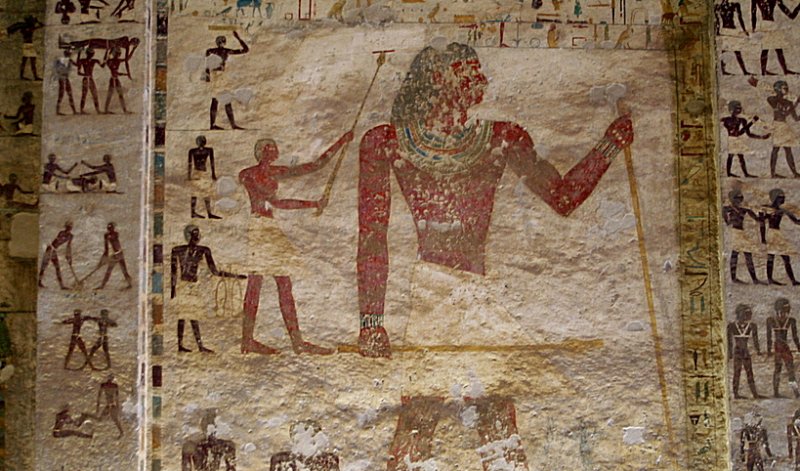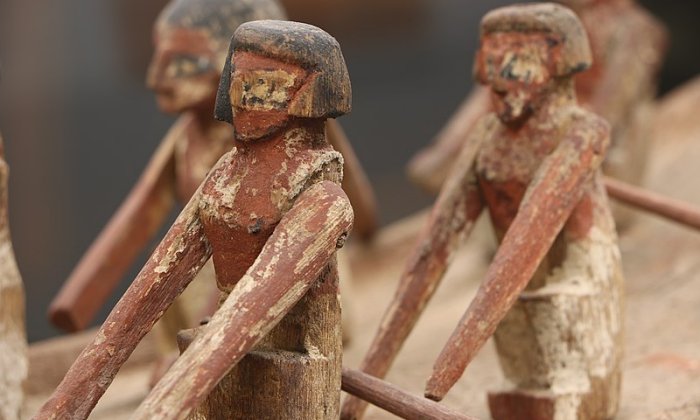Rock-Cut Tombs Of Beni Hasan With Spells, Prayers To Osiris And Anubis And Map To Underworld
A. Sutherland - AncientPages.com - The rock-cut tombs of an ancient Egyptian cemetery, Beni Hasan, were mainly used during the Middle Kingdom, from 21st to 17th century BC.
Entrance to a Tomb at Beni Hassan, David Roberts, 1838. Image credit: David Roberts - Public domain
They were constructed for many powerful nobles and provincial governors of the 11th and 12th dynasties (2125-1795 BC). During the reign of Sesostris III, many local workers decorated them, but later, when Sesostris III's power was reduced mainly, this burial tradition ceased.
There are 39 tombs carved into the limestone hillside south of the modern town of Minya on the east side of the Nile in Middle Egypt. Many have rich interior paintings depicting scenes from everyday life: most of them were robbed many times in antiquity.
However, the well-preserved wall decoration remained untouched until Percy Newberry, British Egyptologist, began meticulously recording every scene on the walls in 1890.
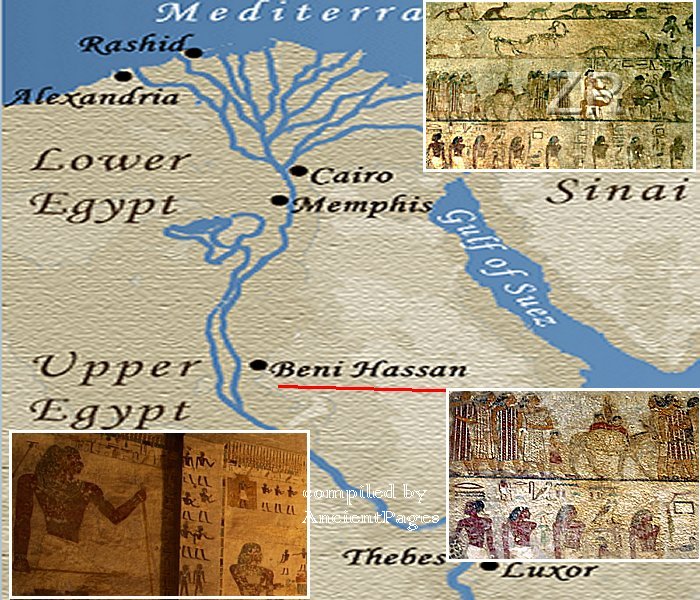 The tombs were constructed for many powerful nobles and provincial governors of the 11th and 12th dynasties (2125-1795 BC).
The tombs were constructed for many powerful nobles and provincial governors of the 11th and 12th dynasties (2125-1795 BC).
Ten years later, English archaeologist, John Garstang (1876 - 1956), came to Beni Hasan. During his two-year-long work, he unearthed and investigated almost nine hundred vertically-cut shaft tombs belonging to ordinary people who served the nobles.
Of all 39, only four of the tombs (those of Baqet III, Khety, Khnumhotep III, and Amenemhat) are available for visitors. The most impressive of them is that of Khnumhotep III, with a scene depicting the arrival of Asian visitors to Egypt.
Representation of Khety in his tomb (tomb 17). Image credit: Kurohito - CC BY-SA 3.0
The tombs have columned entrances and the walls painted in horizontal registers that run around them. There are scenes with the provision of food, gathering papyrus, fishing and hunting, spinning and weaving, but simple local workers and not artists made the decorations. The figures have long, stick-like limbs that are disproportionate in size, all painted in grey, pink and orange colors.
The ownership of the tombs was recorded on the painted wooden coffins, which contained several burials, perhaps the entire families). The coffins were inscribed with a prayer to Anubis or Osiris and decorated with a pair of eyes. Through the eyes, the deceased could see.
Spells painted on the coffins' inside guaranteed the deceased's passage to the afterlife, and a 'map' to the underworld on the coffin's floor guided the soul on its journey.
Beni Hasan model funerary boat with crew. Image credit: Voluremuseum - CC BY-SA 4.0
Many of the bodies were badly mummified and wrapped quickly in bandages. No investigation confirmed whether the bodies were buried at the same time or added in different periods.
The most curious feature of the tombs was the colorfully painted tiny, wooden models found in every chamber and depicting miniature figures working in granaries, bakeries, different shops, workshops of carpenters, goldsmiths, and other artisans and industries.
Archaeologists also discovered model boats with tiny figurines of wooden sailors and miniature human figures (no more than 15cm (6in) tall and about 7.5cm (3in) in the tombs of the governors. They symbolized 'continuously work' for the deceased in the afterlife.
The most beautiful is the grave of Khnumhotep III, an Ancient Egyptian high steward and vizier of the 12th Dynasty. The tomb's walls are covered with lively and colorful scenes with many themes and Khnumhotep's well-preserved biographical inscription.
Written by – A. Sutherland AncientPages.com Staff Writer
Updated on August 2, 2022
Copyright © AncientPages.com All rights reserved. This material may not be published, broadcast, rewritten or redistributed in whole or part without the express written permission of AncientPages.com
Expand for referencesReferences:
I. Rosellini, F.Serino, The Monuments of Egypt and Nubia
Hobson Ch. Exploring the World of the Pharaohs
Spara
Spara
Spara
Spara
Spara
More From Ancient Pages
-
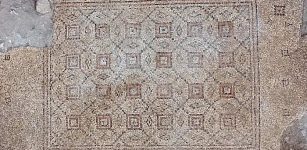 A 1,600-Year-Old Mosaic Accidentally Unearthed In Ancient City Of Yavne, Israel
Archaeology | Apr 26, 2021
A 1,600-Year-Old Mosaic Accidentally Unearthed In Ancient City Of Yavne, Israel
Archaeology | Apr 26, 2021 -
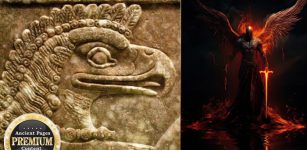 Apkallu – Seven Antediluvian Sages Created By God Enki – Were They The Watchers?
Featured Stories | Mar 27, 2019
Apkallu – Seven Antediluvian Sages Created By God Enki – Were They The Watchers?
Featured Stories | Mar 27, 2019 -
 Mysterious Inca Citadel With Platforms, Passages And Walls Discovered In Peru’s Rainforest
Archaeology | Oct 15, 2017
Mysterious Inca Citadel With Platforms, Passages And Walls Discovered In Peru’s Rainforest
Archaeology | Oct 15, 2017 -
 Mysterious Books From The Unknown And ‘Impossible’ Coincidences
Featured Stories | Dec 30, 2020
Mysterious Books From The Unknown And ‘Impossible’ Coincidences
Featured Stories | Dec 30, 2020 -
 Mystery Of The Ancient Unknown Mining Civilization In North America – Connecting the Dots – Part 2
Ancient Mysteries | Apr 23, 2022
Mystery Of The Ancient Unknown Mining Civilization In North America – Connecting the Dots – Part 2
Ancient Mysteries | Apr 23, 2022 -
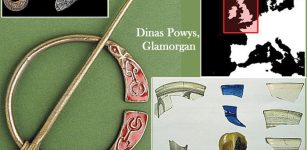 Dinas Powys: Late ‘Antique Hillfort Phenomenon’ In Post-Roman Western Britain
Places | Feb 23, 2024
Dinas Powys: Late ‘Antique Hillfort Phenomenon’ In Post-Roman Western Britain
Places | Feb 23, 2024 -
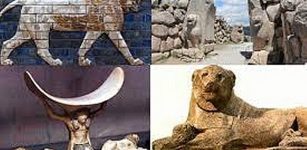 The Majestic Lion: Ancient Symbol Of Power And Royalty Found World-Wide
Ancient Symbols | Oct 10, 2017
The Majestic Lion: Ancient Symbol Of Power And Royalty Found World-Wide
Ancient Symbols | Oct 10, 2017 -
 Strange Ancient Underground Mystery In Connecticut Baffles Residents And Scientists
Featured Stories | Jun 3, 2024
Strange Ancient Underground Mystery In Connecticut Baffles Residents And Scientists
Featured Stories | Jun 3, 2024 -
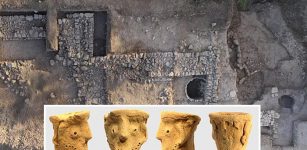 Mysterious Sanctioned Ancient Temple In Jerusalem Create Some Biblical ‘Problems’
Archaeology | Mar 5, 2020
Mysterious Sanctioned Ancient Temple In Jerusalem Create Some Biblical ‘Problems’
Archaeology | Mar 5, 2020 -
 Is This The Face Of A 16th Century Pirate Or Criminal?
Archaeology | Jan 5, 2016
Is This The Face Of A 16th Century Pirate Or Criminal?
Archaeology | Jan 5, 2016 -
 Ensisheim Meteorite Is The Oldest Meteorite With A Precise Date Of Impact
Ancient History Facts | Jun 29, 2018
Ensisheim Meteorite Is The Oldest Meteorite With A Precise Date Of Impact
Ancient History Facts | Jun 29, 2018 -
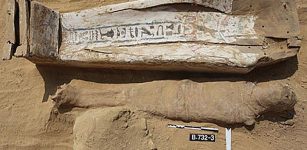 2,000-Year-Old Poorly Preserved Mummies Unearthed Near Saqqara’s Pyramid of Djoser
Archaeology | Jul 3, 2019
2,000-Year-Old Poorly Preserved Mummies Unearthed Near Saqqara’s Pyramid of Djoser
Archaeology | Jul 3, 2019 -
 Sybil Ludington: Courageous American Girl Who Rode For Independence
Featured Stories | Dec 19, 2020
Sybil Ludington: Courageous American Girl Who Rode For Independence
Featured Stories | Dec 19, 2020 -
 Peopling the Americas: Not “Out of Japan” – Popular Theory Debunked
Archaeology | Oct 13, 2021
Peopling the Americas: Not “Out of Japan” – Popular Theory Debunked
Archaeology | Oct 13, 2021 -
 Mystery Of Biblical Noah’s Strange Connection With Red-Skinned Giants And The Watchers – Celestial Secrets – Part 2
Ancient Mysteries | Jan 28, 2021
Mystery Of Biblical Noah’s Strange Connection With Red-Skinned Giants And The Watchers – Celestial Secrets – Part 2
Ancient Mysteries | Jan 28, 2021 -
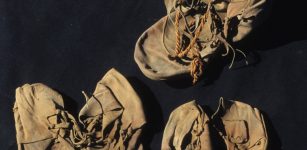 Unsolved Ancient Mystery: Why Were These Foreign Shoes Hidden In A Temple?
Archaeology | Mar 29, 2014
Unsolved Ancient Mystery: Why Were These Foreign Shoes Hidden In A Temple?
Archaeology | Mar 29, 2014 -
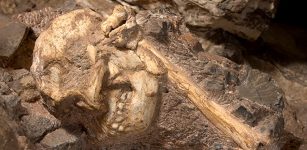 3.6 Million-Year-Old Rare Skeleton Of Human Ancestor Revealed By Researchers In South Africa
Archaeology | Dec 7, 2017
3.6 Million-Year-Old Rare Skeleton Of Human Ancestor Revealed By Researchers In South Africa
Archaeology | Dec 7, 2017 -
 God Ptah ‘Lord Of Memphis’ Was Among The Most Revered Creator Gods Of Ancient Egypt
Egyptian Mythology | Apr 17, 2018
God Ptah ‘Lord Of Memphis’ Was Among The Most Revered Creator Gods Of Ancient Egypt
Egyptian Mythology | Apr 17, 2018 -
 Decoding The Mysterious Medieval Pearl Manuscript
Linguistic Discoveries | Mar 26, 2025
Decoding The Mysterious Medieval Pearl Manuscript
Linguistic Discoveries | Mar 26, 2025 -
 Askeladden – Little Trickster That Succeeds Where All Others Fail
Featured Stories | Mar 23, 2018
Askeladden – Little Trickster That Succeeds Where All Others Fail
Featured Stories | Mar 23, 2018

